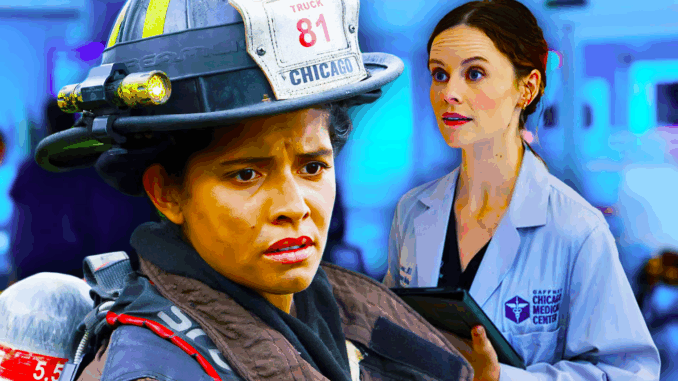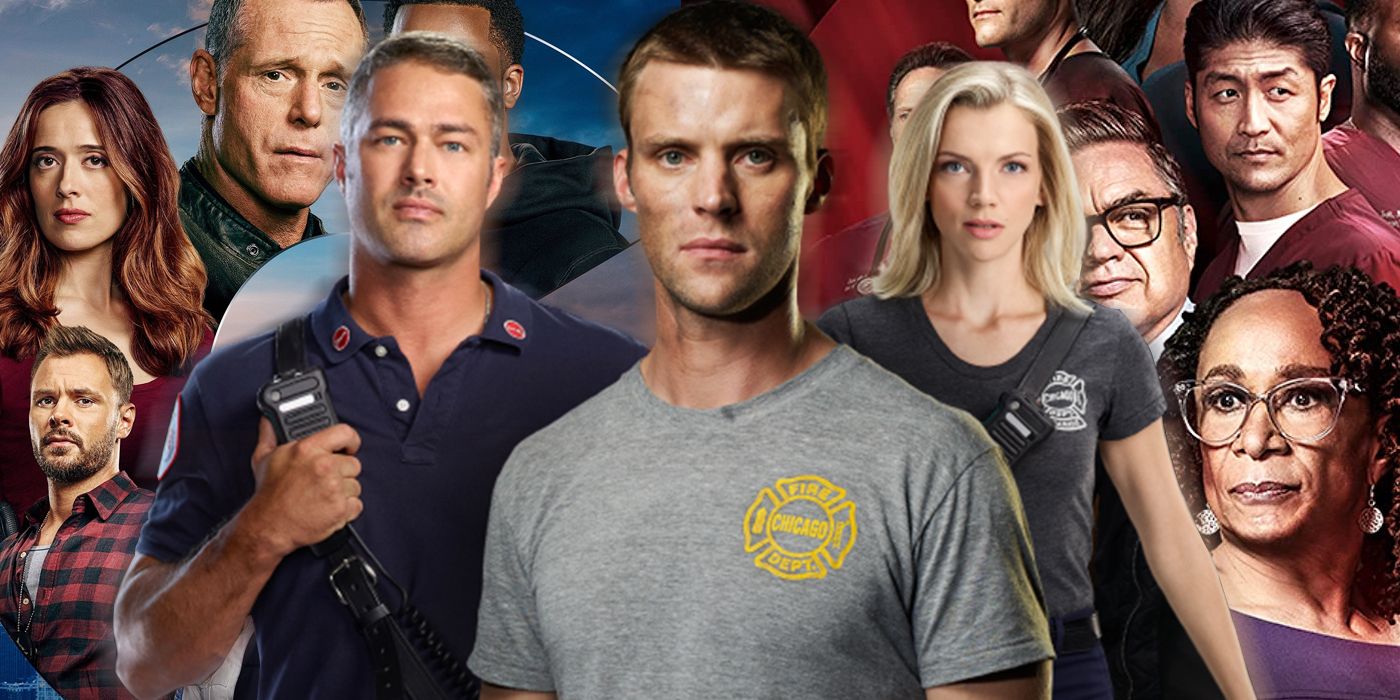
The Birth of a Powerhouse Franchise
What began as a gritty, heartfelt drama about the lives of Chicago firefighters has since grown into a television juggernaut. Chicago Fire premiered in 2012 with modest expectations—but the series quickly struck a chord with viewers. Not long after, the franchise expanded with Chicago P.D. in 2014 and Chicago Med in 2015, forming a tightly woven narrative universe that has redefined how procedural dramas interact on the small screen.
Each show stands strong on its own, but it’s the interconnected stories, emotional resonance, and seamless crossovers that have turned One Chicago into a must-watch weekly event.
Three Shows, One City, Endless Drama
At the heart of these shows is the city itself—gritty, resilient, and unpredictable. While Chicago Fire focuses on the bravery and brotherhood of Firehouse 51, Chicago P.D. dives into the morally complex world of Intelligence under the leadership of Hank Voight, and Chicago Med brings the chaos of the ER and the personal lives of doctors into focus.
The synergy between the three shows is a masterclass in storytelling. A fire in Chicago Fire can send patients to Chicago Med, where detectives from Chicago P.D. show up with critical leads. Instead of feeling like forced cameos, these appearances are organic—reminding viewers that in Chicago, everything is connected.
Crossover Episodes: Television Gold

Few things generate fan excitement like One Chicago crossovers. These epic events often start with a citywide disaster—a bio-terror threat, a high-rise fire, a missing child—and ripple across all three series. Characters shift seamlessly from one show to the next, often blurring the lines between who belongs where.
One of the most unforgettable crossovers involved a deadly infection that spread across Chicago, requiring coordinated efforts from the fire department, police, and medical teams. The tension, stakes, and emotional impact proved why One Chicago stands above other franchises.
Characters Who Bridge Worlds
The crossover magic isn’t just about the plot—it’s about the people. Characters like Jay Halstead (P.D.) and Will Halstead (Med) give viewers familial ties across the shows. Sylvie Brett’s romance with Antonio Dawson. Dr. Rhodes treating firefighters injured in the line of duty. Upton leaning on Natalie Manning for advice. These aren’t just one-time collaborations—they’re layered relationships that evolve over seasons.
Viewers don’t just watch for the emergencies; they tune in for friendships, heartbreaks, and moments of sacrifice that span departments and disciplines.
Why One Chicago Works
At a time when many franchises struggle to maintain quality across spin-offs, One Chicago thrives. The key lies in its commitment to character development and grounded storytelling. Despite the big fires, intense gunfights, or chaotic surgeries, the shows never lose sight of the human element.
Whether it’s a firefighter risking their life for a child, a detective grappling with a moral dilemma, or a doctor facing an impossible choice in the ER, the emotional core remains authentic.
The Future of One Chicago
As fans eagerly await new seasons, the future looks bright for One Chicago. With consistent ratings, passionate fanbases, and endless story possibilities, NBC’s Chicago universe isn’t going anywhere. The franchise has managed to do something rare—build a cohesive, character-driven TV experience that feels like one living, breathing city on-screen.
In an age of streaming fragmentation, One Chicago remains a shining example of appointment television—where loyalty is earned, stories are honored, and heroes wear many uniforms.
